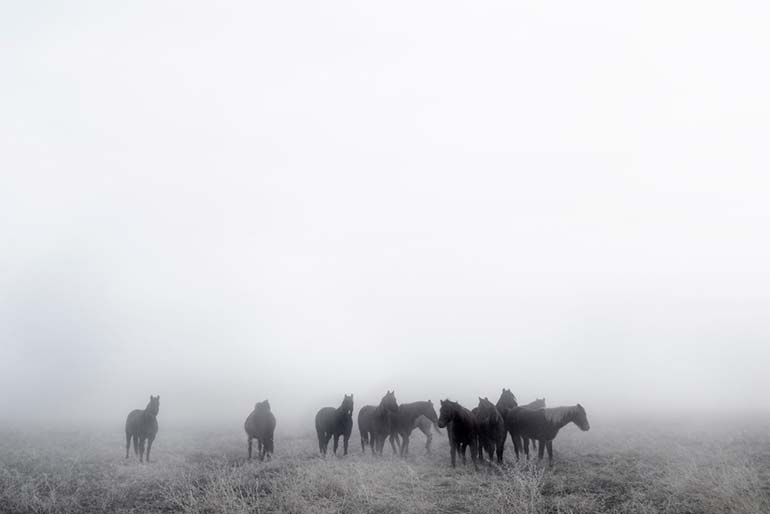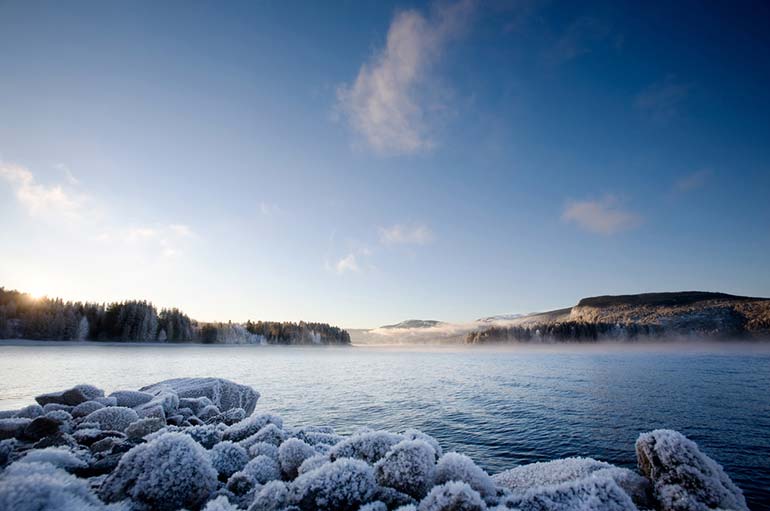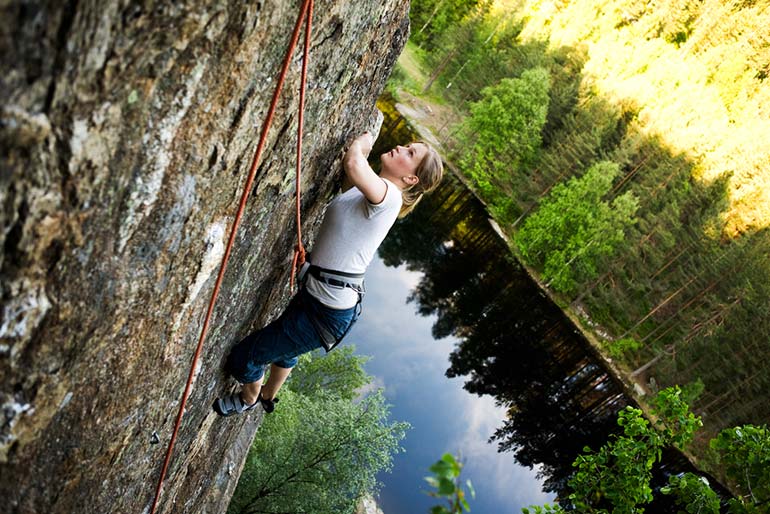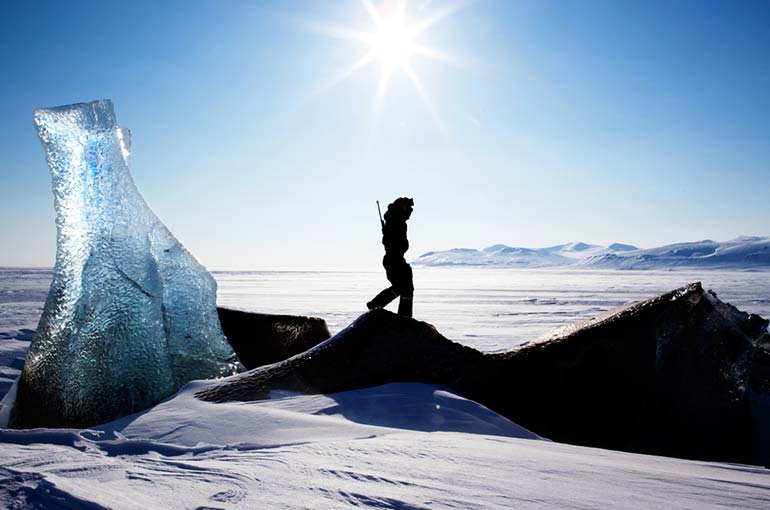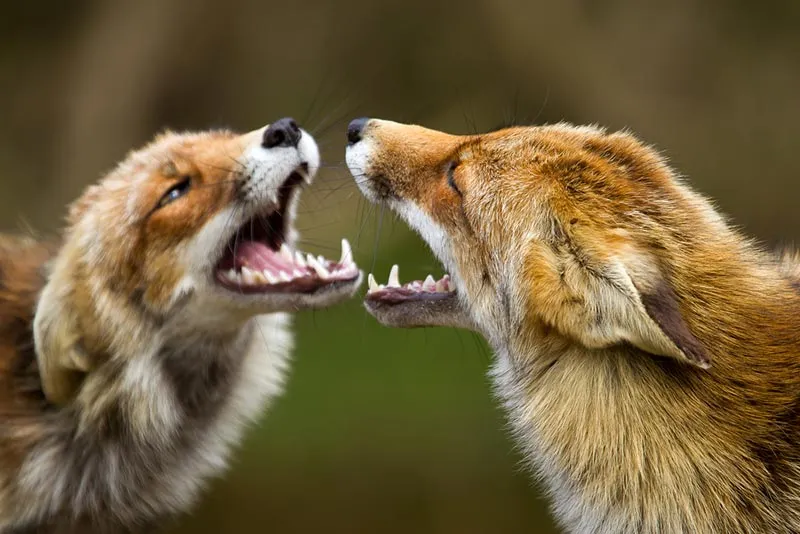Success Doesn’t Come Overnight: Interview With Tyler Olson
Tyler Olson, one of our top contributors, has a rich portfolio of versatile works. One of the striking things about Tyler’s portfolio is that he works closely with unexplored, unique themes and brings lights to topics that aren’t as well covered in stock photography.
Tyler shares with us insights about his works, his source of inspiration, process of working and some unbeatable advice we can all appreciate.
Tell us a little bit about yourself and your experience as a photographer.
I live in Norway and work primarily as a microstock photographer. I say ‘primarily’ because I have a couple other start-up projects that I’m working on as well (www.kaffebox.no, www.melkefabrikken.com). Stock photography is great in that it allows for a flexible work schedule. I love start-ups, projects and ideas and have a hard time leaving an idea at rest. The downside is that it steals away from stock photography time.
What is your creative process like?
I don’t generally have dedicated ‘brainstorming’ sessions. Rather, I find myself daydreaming throughout the day, thinking of ideas that could work as stock photography topics. If I get an idea I feel is good, I’ll research the stock sites to see what is already online and consider if I can compete with what has already been created. I’ll also check out http://research.picworkflow.com/
Who or what inspires you and where do you get your ideas for photoshoots?
I try to shoot themes that interest me. I shoot primarily lifestyle, including a lot of professions. I love getting an inside look at the various professions while shoots. That ends up being half the fun of the job 🙂
What is vital for a successful stock photograph?
I feel it is important to have the drive to stick with it. Stock photography doesn’t give a return on investment over night. Like with anything worth pursuing – you need make a deliberate effort for several years before you know if it is giving you the results you were hoping. It also takes a lot of self determination as nobody else is going to push you to get things done. So there’s that and then general photographic knowledge and keywording skills. 🙂
Could you take us from start to finish of producing one of your top photographs?
For a typical shoot, I’ll start with an idea then start searching for a location. I’ll make a deal with the location owner, then start looking for models. For a typical shoot I’ll use 2-4 models and possibly a makeup artist/stylist. I’ve also recently started using a production manager to help book locations, models and help out on the day of the shoot. The P.M. also doubles as a second shooter.
How does social media influence your work and your career?
I follow a lot of blogs and stay in touch with the gadget world. This certainly affects my shoots as I enjoy adding some tech to most shoots. Social media also gives an impression of the current styles and interests of stock media buyers.
In your opinion, what are some important topics and themes that perhaps aren’t represented well in stock photography and need to be developed further?
There’s always a need for more real life images. Ones that don’t look staged or cheesy.
What is your favourite photograph that you have taken and why?
Several years ago I booked a trip to Svalbard Norway (very close to the North pole). The goal was to shoot images of polar bears, but we didn’t see any. Regardless, the trip was really great and I captured a lot of nature images that have sold well.
How should one go about creating more original content for stock photography?
Focus on what you are interested in. Shot some ‘safe’ cliche shots, but also leave lots of time during the shoot to play and experiment. You might surprise yourself with what you come up.
What’s been the biggest mistake you’ve had to learn from during your career?
I’m not sure what the biggest mistake would be. If I had a hard drive failure with no back-up, that might have taken it. Fortunately that hasn’t happened 🙂 BACK UP YOUR IMAGES!!
What does your typical work day look like?
I end up spending a lot of time at the computer. With the start-up projects, I end up writing a lot of emails. Otherwise, when focusing purely on stock photography, I’ll have 1 day planning a shoot (spread out over a week), 1 day shooting, 1 day sorting, 1 day keywording, 1 day uploading (editing is outsourced). Rinse and repeat.
How did you break into the stock photography business? Do you have any advice on how to get noticed?
I don’t feel I ever ‘broke into’ the stock photography business. I slowly eased into it over a 12 year period. It’s been something I’ve believed in from the start, and kept on working at it over the years. Eventually the portfolio became larger the skills improved and it became financially viable.
What are some things that help stock photographs stand out?
I try to make it as easy for myself as possible and try hard to shoot niches – areas of stock photography that don’t necessarily have a lot of competition. Beyond that, I try to shoot a mix of image types – natural candid images as well as posed portrait type shots.
Your #1 photography tip or words of wisdom:
This goes for most areas of life…If you want to succeed in something, don’t start measuring success until you’ve spent 1-2 years of dedicated time working on it.
